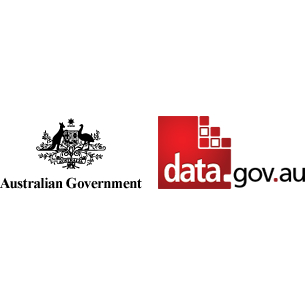Brief description
This record describes, and links to a working paper produced through the Crawford School of Economics and Government at The Australian National University in Canberra.*****
The paper analyses the economic payoffs from marine reserves using a stochastic optimal control model. The results show that even if the reserve and harvested populations face the same negative shocks, harvesting is optimal, the population is persistent and with no uncertainty over current stock size, a reserve can increase resource rents. Using actual fishery data we demonstrate that the payoffs from a reserve, and also optimum reserve size, increase the larger is the magnitude of the negative shock, the greater its frequency, and the larger its relative impact on the harvested population.
Full description
http://gcmd.nasa.gov/Resources/valids/keyword_list.html -http://www.aeaweb.org/journal/jel_class_system.html -
text: SA0003560: Australia
Subjects
Biosphere |
C61 |
Criteria for Decision-Making under Risk and Uncer |
D81 |
Ecological Dynamics |
General |
Information |
Knowledge |
Marine Reserves |
Mathematical Methods and Programming |
Mathematical and Quantitative Methods |
Microeconomics |
Optimal control |
Population Dynamics |
Q20 |
Renewable Resources and Conservation |
Resource rents |
Stochastic shocks |
and Uncertainty |
User Contributed Tags
Login to tag this record with meaningful keywords to make it easier to discover
Identifiers
- Local : the-economic-payoffs-from-marine-reserves-resource-rents-in-a-stochastic-environment-working-pa
- URI : data.gov.au/data/dataset/80c12221-fa4a-4270-be0b-4c79431946f6



